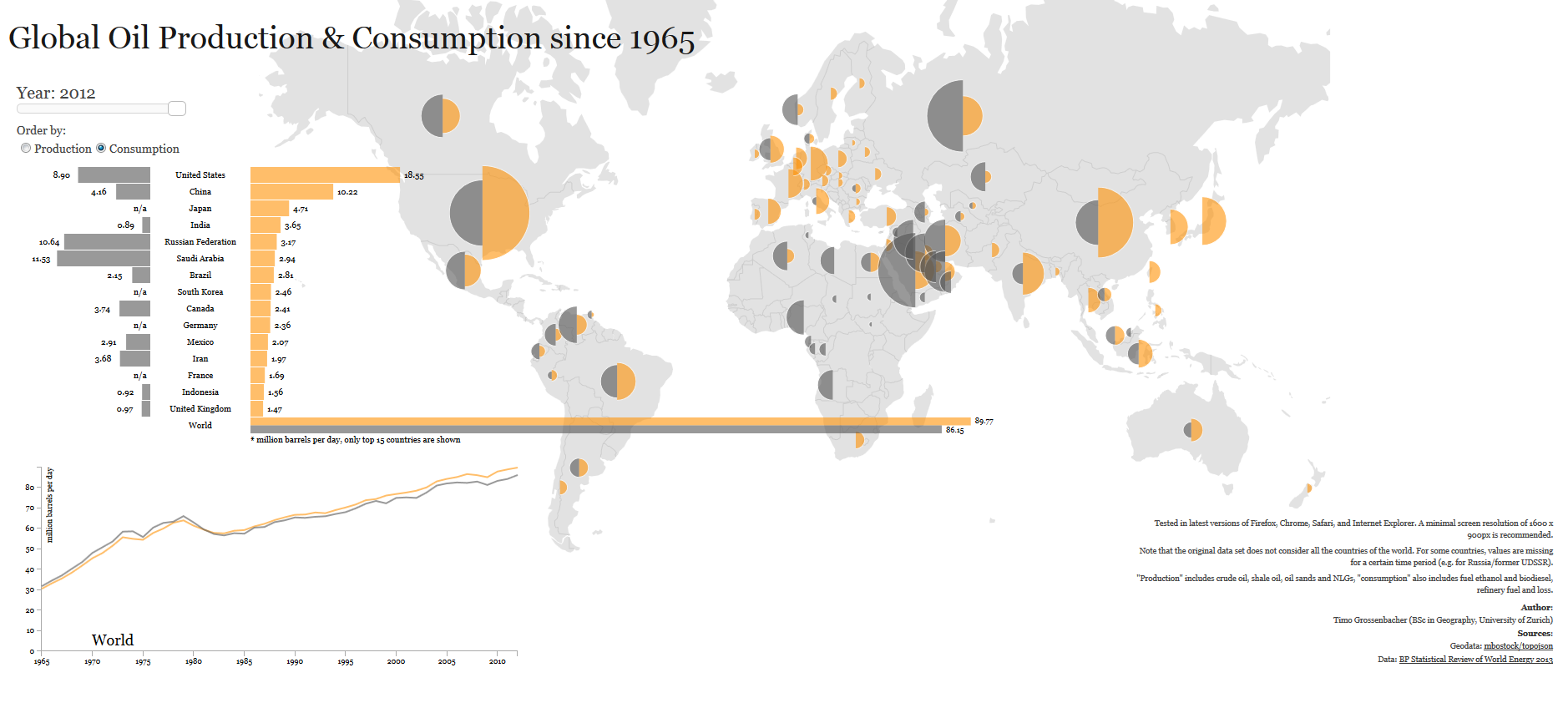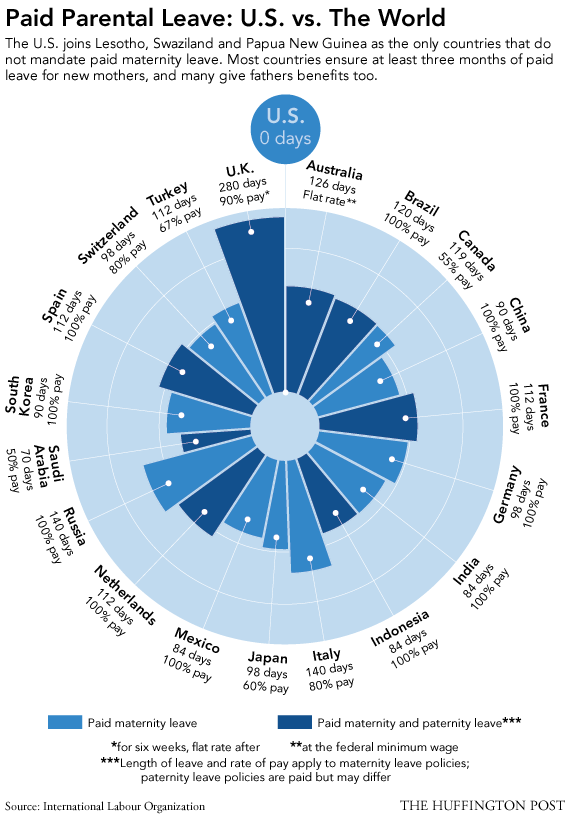 HIV killed 1.47 million people in 2010. Viral hepatitis killed as many as 1.44 million people in the same year. Even though the number of deaths caused by viral hepatitis follows close that of HIV, its impact goes largely ignored worldwide.
HIV killed 1.47 million people in 2010. Viral hepatitis killed as many as 1.44 million people in the same year. Even though the number of deaths caused by viral hepatitis follows close that of HIV, its impact goes largely ignored worldwide.
According to The Economist, viral hepatitis killed more people in 117 out of 187 countries, including China, India, Japan, and the UK. In the map above, countries in dark red show a higher ratio of deaths by viral hepatitis to deaths caused by HIV. Those countries include Egypt, Mongolia, UK, Turkey, Yemen, Iraq, South and North Korea, Japan, Finland, Sweden, Poland, and Germany.
Source: The Economist: The other killer – Hepatitis kills more people than HIV in most countries








